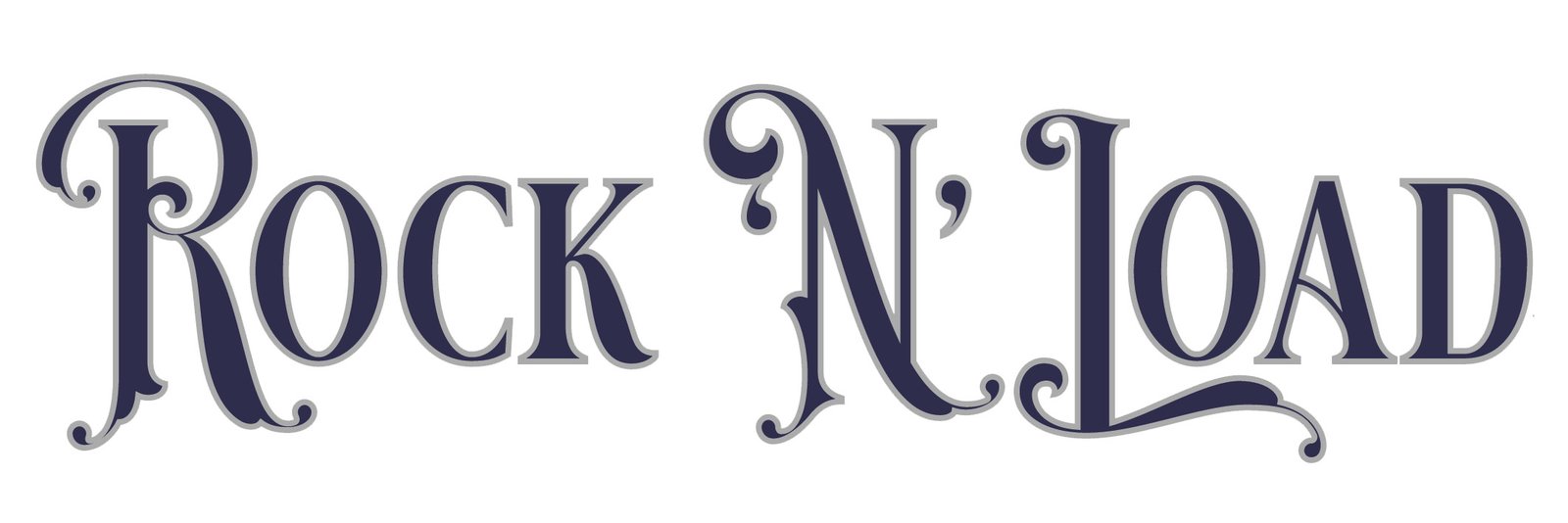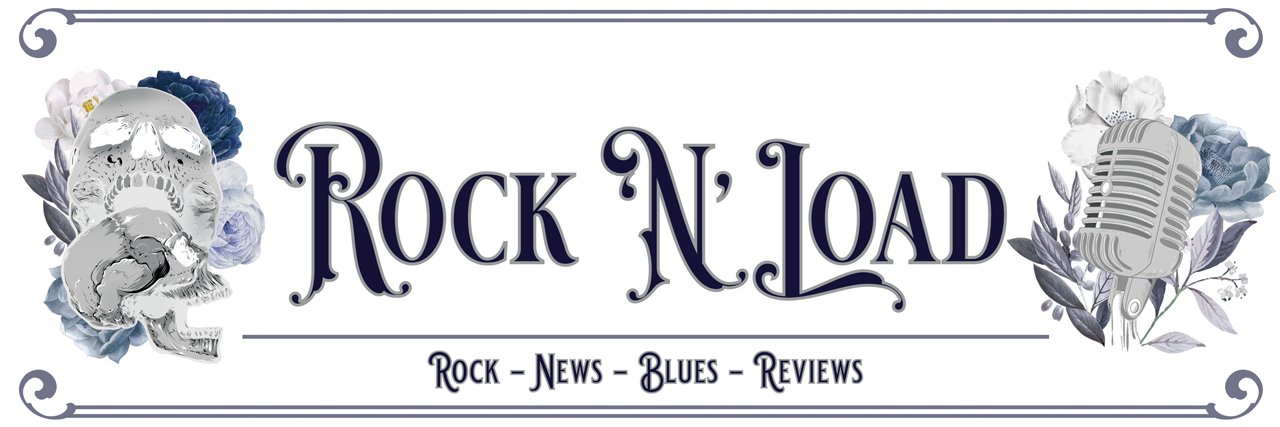Folk-metal legends CRUACHAN return with The Living and the Dead, their latest album, released five years after previous effort Nine Years of Blood. The album marks a comeback of sorts, in the sense that during the Covid pandemic and subsequent lockdowns which began almost exactly three years ago, bandleader Keith Fay found himself in a nightmare scenario when the other band members called it a day. The founding and sole original member, he was faced with a choice: find new recruits and steer through the unknown, or let the ship crash and sink to the depths. Deciding he had “worked way too hard over the years to allow Cruachan to fizzle out”, he chose the former and in almost record time found himself with a new full line-up that enabled him to record his vision for the band’s ninth album.
Former drummer Joe Farrell returned, but this time on bass, while ZHORA and TRENCHKNIFE stickman Tom Woodlock took over the drum throne. Audrey Trainor rounded out the complete line-up on violin, having played the instrument since she was four years old. The album also boasts nine guest musicians, including members of Finntroll and Venom. As for Fay himself, the modest bandleader only performs vocals and guitars. And banjo. Oh, and bouzouki. Bodhrán too. Not to mention other forms of percussion. Oh, and can’t be forgetting the mandolin, either! Considering the man’s musical credits sound very similar to the ending of Mike Oldfield’s virtuosic epic Tubular Bells, it’s hard to imagine what he would have done with himself had he decided to pull the plug, afterall.
It would have been a shame had the band packed it in, since they would not have made it as far as their 30th anniversary, which was special for two reasons. The first is that Cruachan, inspired by SKYCLAD‘s blending of a violin with their thrash riffs, are largely considered to be the world’s first ever folk-metal band, having successfully produced the first album that is considered equal parts heavy metal and equal parts folk music. The second reason is that, alongside celebrating their own legacy and the continually evolving legacy of the subgenre of music they helped create, the band ended their 30th year by being asked to submit a song to be entered in competition to represent Ireland at the upcoming EUROVISION song contest.
While many metal fans, familiar and perhaps comfortable occupying the fringes of society, might lambast such a mainstream parade of pop music, itself often vapid, over-produced, and utterly bombastic, there is no denying the importance of such an occasion. Even though they were ultimately unsuccessful in being chosen as the official Irish entrant in the competition, the scenario acted as a sort of catalyst, announcing their return, and drawing a lot of attention to them, with interviews being garnered from mainstream outlets who would typically consider U2’s back-catalogue alongside The Boys Are Back In Town as the only heavy music ever to come out of Ireland.
The album itself features twelve tracks of varying lengths ranging from two-and-a-half to seven minutes long, with each title beginning with the word ‘The’,and keenly evoking a sense of Irish rural and historical culture – The Hawthorn, The Harvest, The Festival – as well as the legends, myths, and folklore that help make the island so famous – The Ghost, The Changeling, The Witch. Rather satisfyingly, the album begins with The Living and ends with The Dead, encapsulating how everything in between is, well, everything-in-between. This notion is supported by the frenetic but alluring album cover, with a celtic maiden esconcing a horse-saddled Death against her bosom while a stag calls out against a cosmic backdrop and a million and one other things are going on besides.
The Living kicks things off with a folky fiddle pattern supported by sparse drums, before distorted guitars enter the mix to pick up the pace and energy.
An excellent riff carries proceedings to The Queen after which the vocals, fiddle, and guitar blend rhythmically to incredible effect in a jiggerie-doo that wouldn’t go amiss in The Green Dragon. Afterwards the dynamics drop altogether during a fantastic passage dominated by the folk elements and adjoining vocals which then give way to a stunning solo violin section. The Queen is certainly one of the album’s highlights, showcasing a strong sense of compositional balance as well as instrumental and vocal range found throughout the record.
The Hawthorn is another great track. Its slow, moody first third bearing an unmistakable resemblance to CHRISTY MOORE’s immaculate Ride On, before heft is delivered in layers heft via distorted riffs and shouted vocals.
While its guitar riff leaves a lot to be desired, the vocals of The Harvest are inspiring, harking back to songs that pagans may have sang in celebration, while they reaped the fruits of a bountiful harvest, made cornucopias, and generally bathed in the positive aspects of life. It is easy to imagine die-hard fans learning these lyrics and singing along at shows, a notion with genuine goosebump inducing potential.
The Festival opens up with another somewhat unexciting guitar riff that also outstays its welcome, but thankfully it acts as an effective foundation for the instrumental’s rip-roaring celtic melodies which, again, are genuinely reminiscent of what one expects they would hear if they were transported back in time to a pagan celebration. Expect arm-in-arm spinning dancers.
The guitars redeem their past misgivings when The Ghost resurrects the heft and speed of their former lives, with an intensity and ferocity matches peak apocalyptic black metal classics, with suitably gnarly vocals in accompaniment. One of the album’s heaviest tracks, The Ghost is bound to satisfy those with a penchant for the darker side of things, but manages to maintain a folk presence throughout.
Maintaining the album’s strong sense of compositional balance, The Crow begins calmly with harmonised vocals, acoustic guitar, and a violin melody before the same vocals are repeated over a bed of distortion, after which a tin whistle solo gives way to a hellish riff, pounding drums, and a banshee-scream violin wail.
After this, the emotionally lowest point of the record fittingly opens with solo bass. Written about the death of Aidan Fay’s father, The Reaper is filled to the brim with devastation and fury and various shades of the stages of grief, as well as an utterly amazing, emotionally-charged violin areangement that swells the chest and wets the eyes. If for some reason you decided to only listen to one song from The Living and the Dead, make it this one.
Continuing the high energy guitar and drum driven pattern of previous songs, The Children provide a life after death. While it is a solid track with an earworm vocal hook, it doesn’t offer much in terms of newness, unlike The Changeling which features creepily haunting vocals from Irish singer-songwriter NELLA.
It is the fiddle’s time to shine when The Witch steps into the picture, over an almost blues-rock-bar swing feel to the song. There is great interplay between the fiddle and the guitars and vocals, before an indulgent but very impressive guitar solo tears through proceedings.
A perfect way to end the album, The Dead uses the beauty of the violin before unleashing absolute hell in a proper peak-IMMORTAL black metal fury, complete with wrathful guitars, unrelenting blast beats, and demonic vocals, before bookending with the same violin pattern as the album drifts to a close.
In all, The Living and the Dead is a fitting way for Cruachan to celebrate the legacy of both the band and folk-metal as a whole. The blend of folk and metal instruments and styles is exceptional, even for a band that have been engaged with this style for three decades. While it is true that at times there seems to be imagination lacking when it comes to certain guitar riffs, the sheer creativity and intuition displayed elsewhere more than make up for this. The compositions and arrangements are at times absolutely masterful, invoking the talents of classical composers, and the range of emotions evoked throughout the record is certainly something for the band to be proud of. They are set to headline the revered SIEGE OF LIMERICK festival on Easter Sunday, or, the Ēostre celebration of the Spring Equinox, if you’re that way inclined.
The Living and the Dead is released on Friday March 24th via Despotz Records.
Review by Mark Russell
https://www.instagram.com/nativefear

Cruachan Discography
Tuatha na Gael (1995)
The Middle Kingdom (2000)
Folk-Lore (2002)
Pagan (2004)
The Morrigan’s Call (2006)
Blood on the Black Robe (2011)
Blood for the Blood God (2014)
Nine Years of Blood (2018)
The Living and The Dead (2023)
D I S C O V E R
Spotify: https://spoti.fi/
Facebook: https://www.
Instagram: https://www.
Bandcamp: https://
Youtube: www.youtube.com\
Website: www.cruachanireland.


